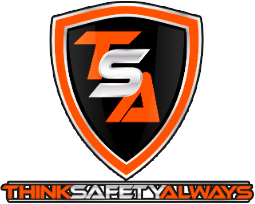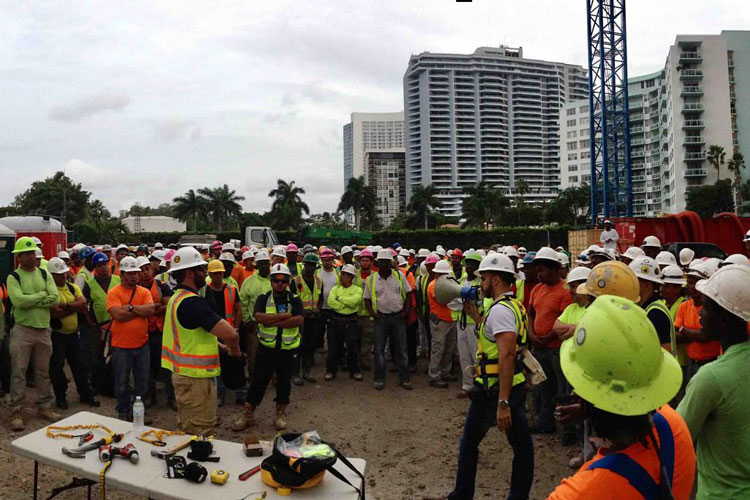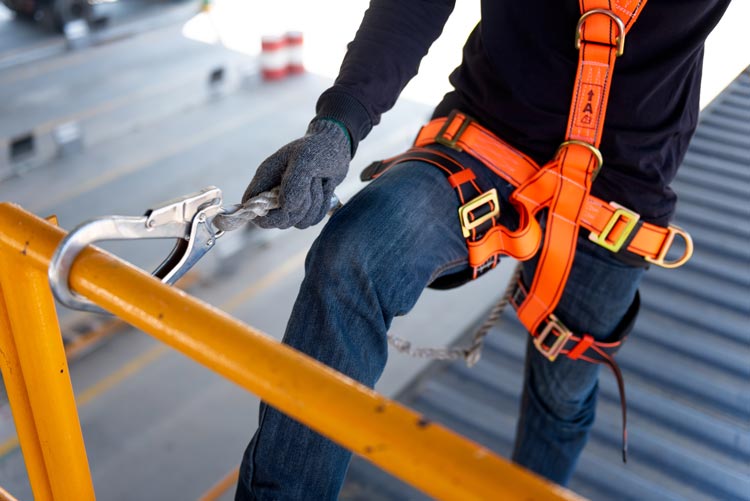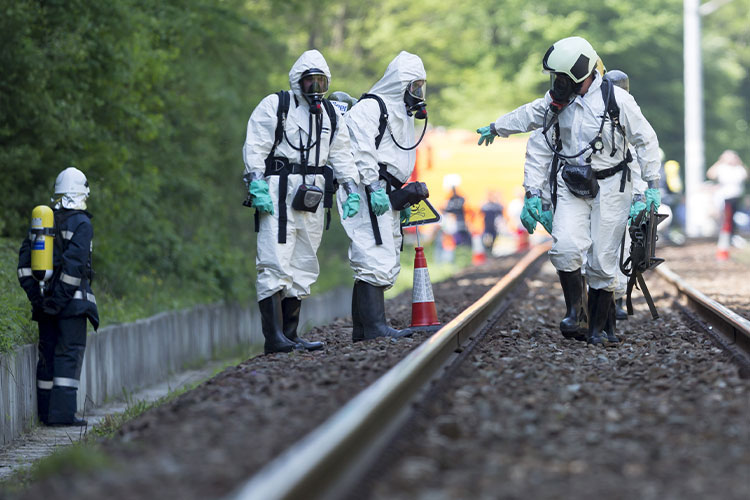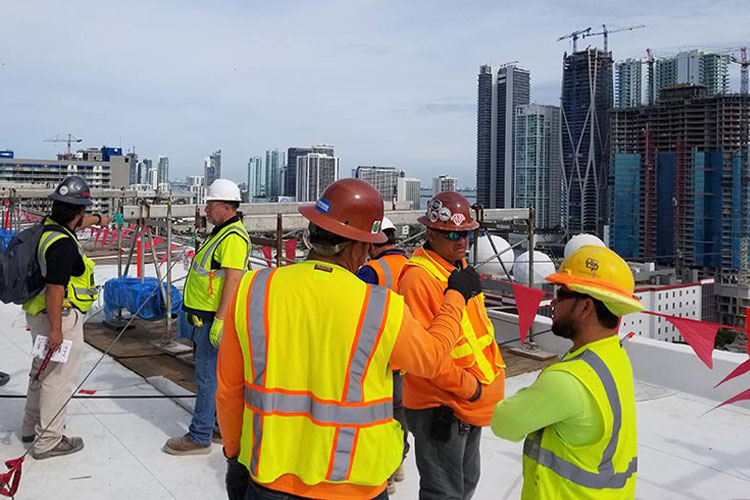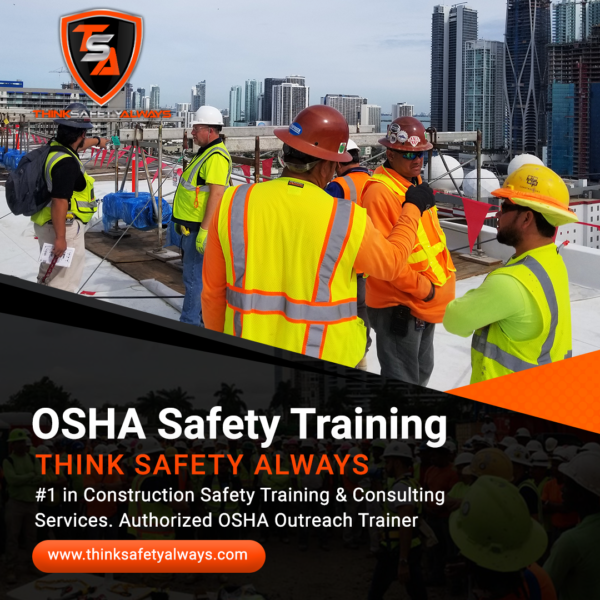The head is your most vulnerable body part and is susceptible to serious injury in the event of a workplace accident. Therefore, wearing appropriate quality head protection when working in potentially hazardous environments is essential.
How Do You Define a Good Protective Head Gear?
Protective headgear should be able to provide the following advantages.
Protect the head, face, neck, and shoulders without interrupting the vision.
Able to dissipate the force of an impact and spread the load evenly.
Lightweight and comfortable to wear for long periods.
Water-resistant and able to protect against extremes of temperature.
It provides insulation against electrical shock.
How is Head Protection Classified Based on the Electrical Protection They Provide?
There are three classes of protective headgear based on the level of electrical protection they provide.
Class E headgear – Provides the highest level of protection and is made from dielectric materials that can withstand up to 20,000 volts.
Class G headgear – Provides medium-level protection and can withstand up to 2,200 volts.
Class C headgear- It cannot withstand anything more than 440 volts.
All hard hats and safety helmets are marked with their class to help you choose the proper headgear for your needs.
What Are Hard Hats and Safety Helmets? How Do They Differ From Each Other?
Both hard hats and safety helmets protect workers from head injuries. Both types of headwear are made from hard, durable materials that can withstand impact. But, there exist some vital differences between the two.
Hard hats are typically made from plastic or fiberglass, while safety helmets are made from steel or other metals.
Hard hats protect workers from falling objects, while safety helmets guard against head injuries sustained in collisions or falls.
Hard hats have a brim that helps to shield the face from the sun and harmful UV rays, while safety helmets generally do not.
In terms of appearance, hard hats are typically solid-colored, while safety helmets are often brightly-colored or reflective to increase visibility. The safety helmet sits more comfortably on the head and has additional padding.
What OSHA Standards Apply to Quality Head Protection?
The Occupational Safety and Health Administration (referred to as OSHA) has established several standards that apply to head protection.
Standard 1910.135 – The standard covers the requirements for eye and face protection.
Standard 1926.102 – The standard covers the requirements for head protection in construction work.
The American National Standards Institute in ANSI Z89.1 gives overall guidance on the design, performance requirements, and test methods for industrial safety headgear.
To comply with OSHA standards, employers must provide workers with head protection that meets the requirements of the relevant standard and is appropriate for the task being performed.
Employers must also ensure that workers wear head protection when required and are trained to use and care for their headgear. Workers must not alter or remove head protection while working unless instructed to do so by a supervisor.
Know More with Think Safety
Think Safety can assist in training your workforce to comply with OSHA requirements. We are located in South Florida and aim to minimize the chances of occupational risks and accidents by following the proper guidelines. Call us at 786-683-4141 to book a free consultation.
